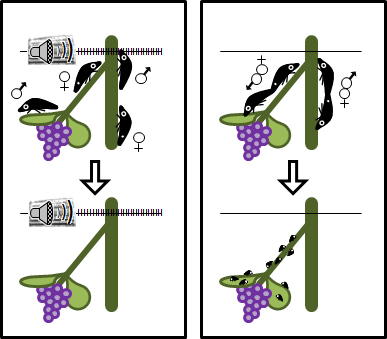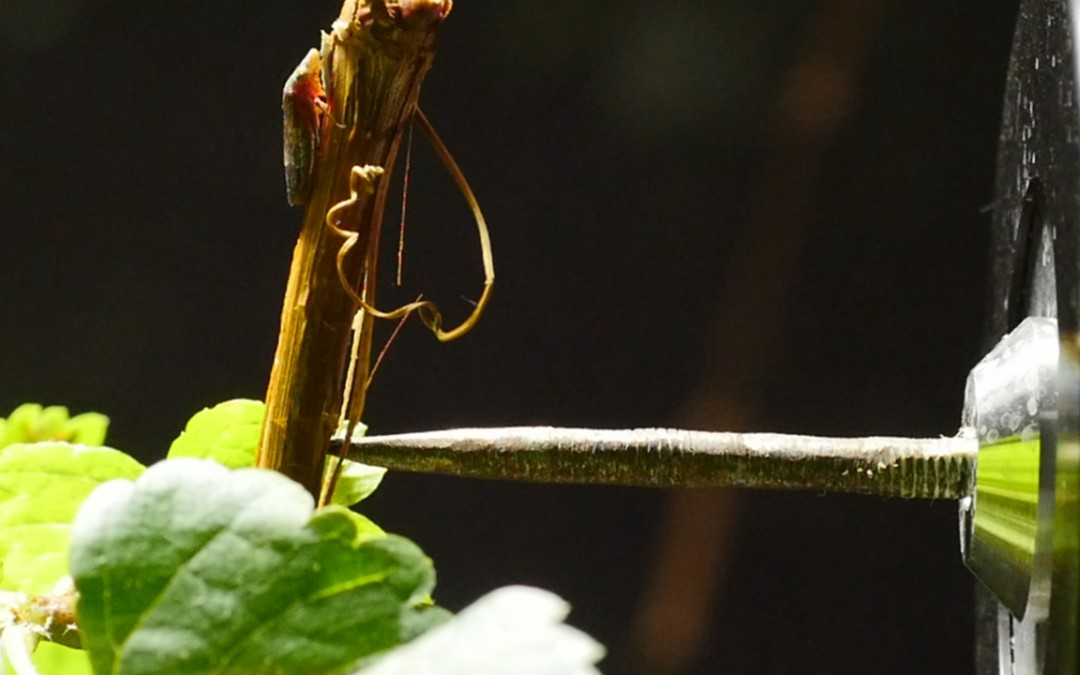
by Shira | Mar 30, 2018
BACKGROUND Glassy-winged sharpshooter (GWSS), Homalodisca vitripennis (Germar) (Hemiptera: Cicadellidae) is an important vector of the bacterium Xylella fastidiosa, the causal agent of Pierce’s disease of grapevine. Area-wide insecticide applications have suppressed...

by Shira | May 19, 2017
The glassy-winged sharpshooter (GWSS), Homalodisca vitripennis, is an important pest of grapevines due to its ability to transmit Xylella fastidiosa, the causal agent of Pierce’s disease. GWSS mating communication is based on vibrational signals; therefore,...





Recent Comments